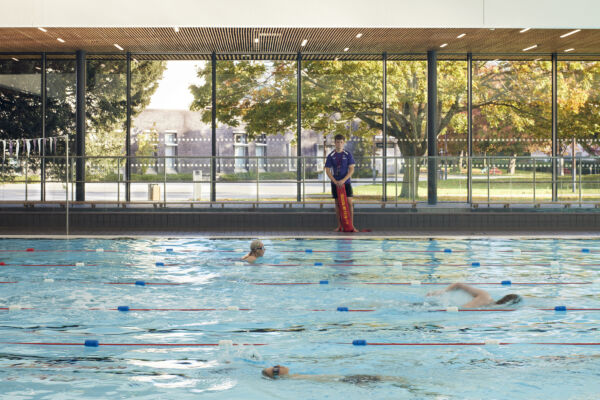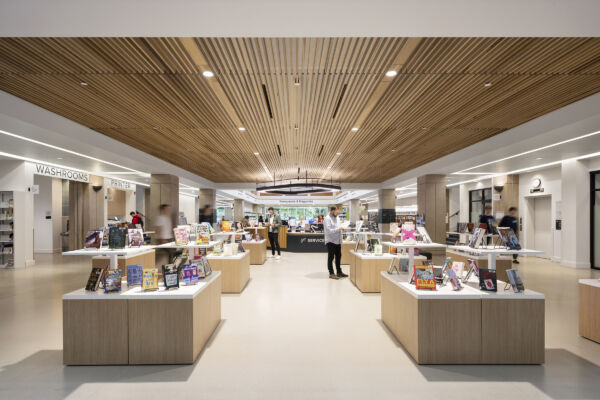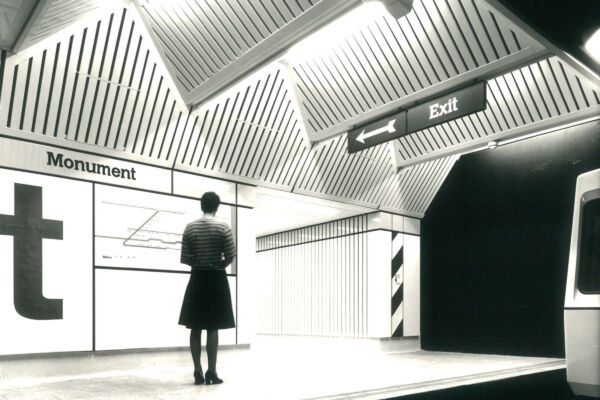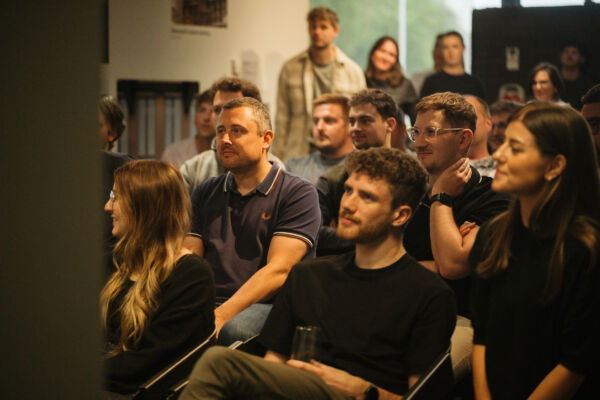Imagine you are using a wheelchair, perhaps temporarily, and you can’t access your local library. The ramp leading to the entrance is too steep for you to get up without help. After successfully reaching the entrance, you still have difficulties entering the building. A rotating door is blocking your way.
According to the World Health Organization (WHO) almost everyone is likely to experience a form of temporary or permanent disability during their life. Approximately 15% of the world’s population live with a disability, a number which is rapidly rising with an aging population.


















